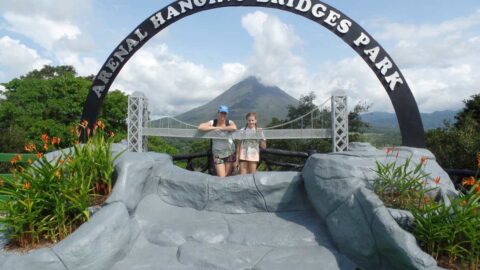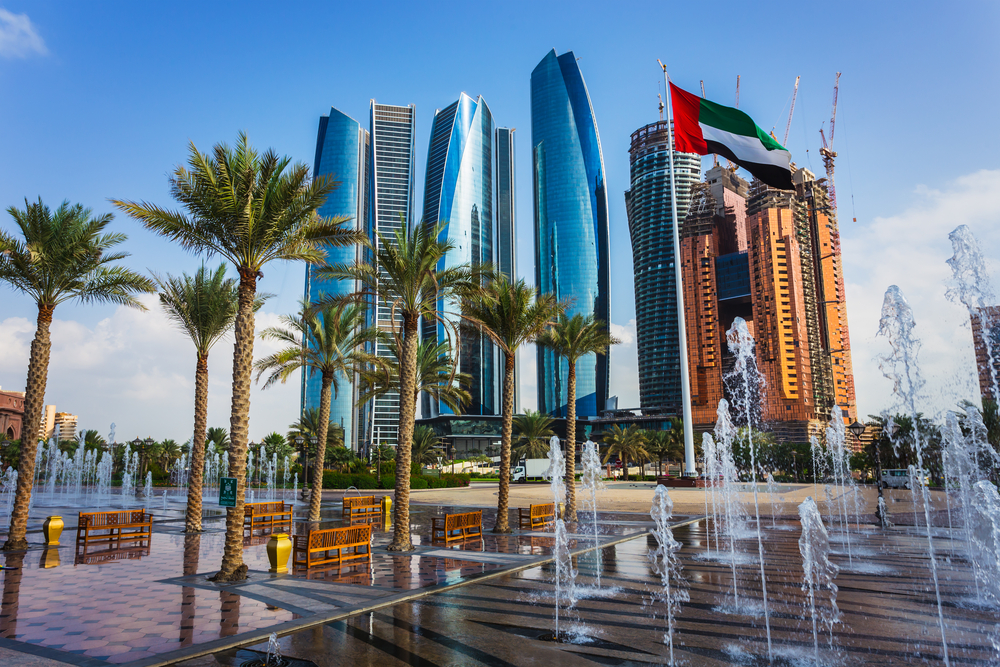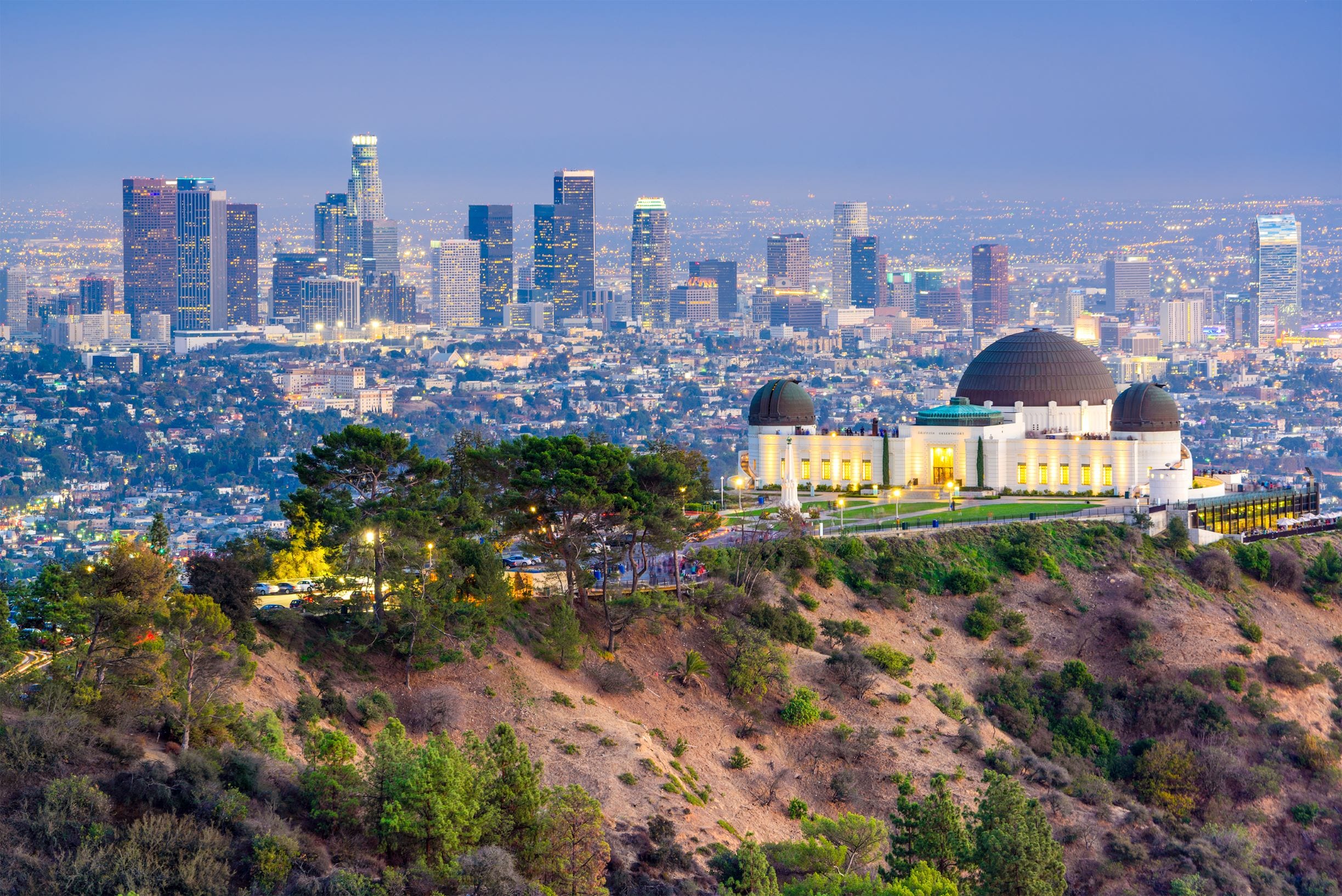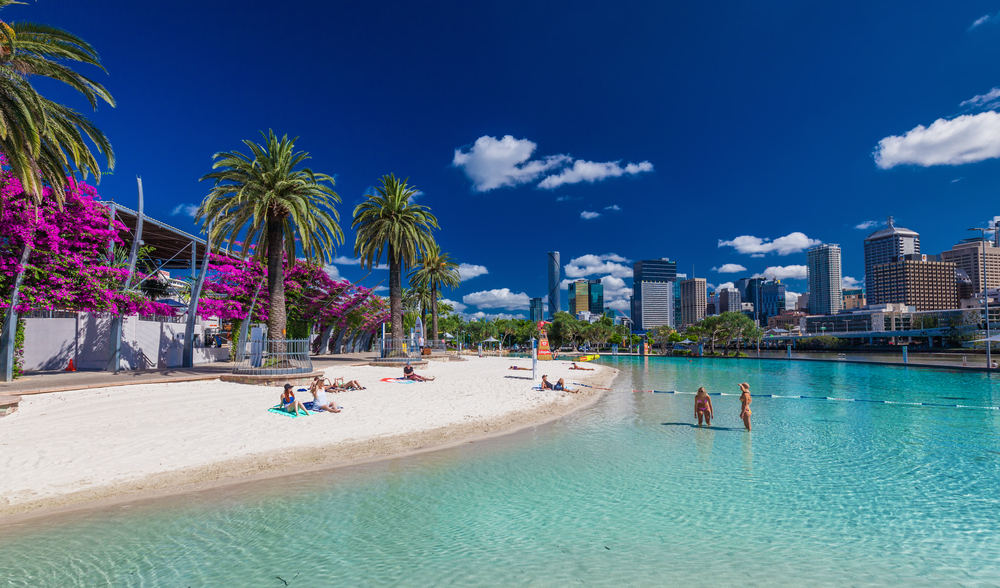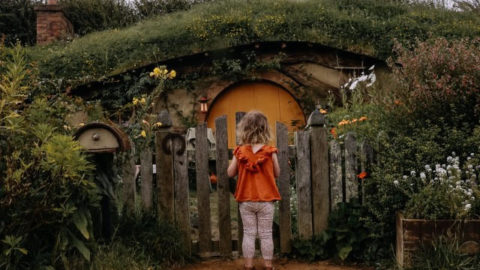Ultimate guide to things to do in Sri Lanka with kids
The tropical island of Sri Lanka, formerly known as Ceylon, is awash with stunning landscapes and an amazing cultural heritage experiences. Fringing the coast are golden-sand beaches, while majestic mountains, lush tea estates and rainforests paint the interior in vivid shades of green.
There’s great hiking and trekking, white water rafting, kayaking and canoeing, as well as diving and snorkelling in and around the incredible reefs along its coastline. A wildlife lover’s paradise, vast areas are conserved in national parks and sanctuaries. A wildlife safari offers the opportunity to spot elephant, leopard, deer, giant squirrel, monkeys and a whole range of other quirky critters.
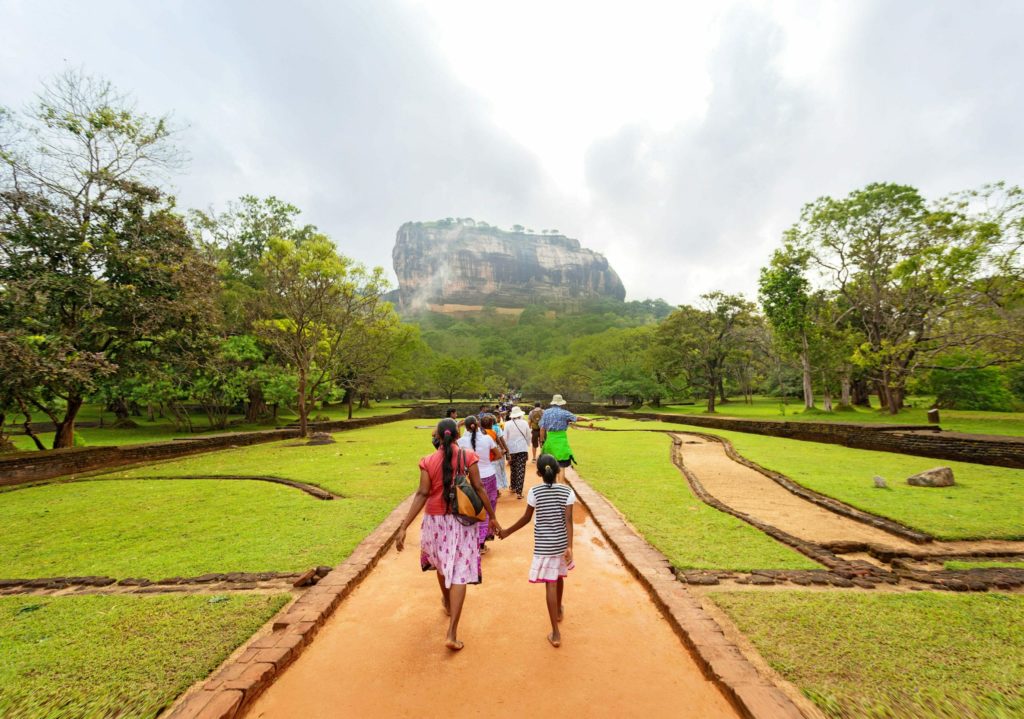
But its natural beauty is just part of Sri Lanka’s beauty and charm. While the old colonial powers have long since departed, Portuguese, Dutch and British influences still impact on the culture, religion, architecture and cuisine of this fascinating country. Colombo is the country’s commercial, economic and cultural hub, its streets lined with old buildings inspired by European Colonists and Moorish traders.
But Sri Lanka remains the oldest continually Buddhist country where the original soul of Theravada Buddhism has flourished since the second century. The country is home to many places of religious and historic significance including the fascinating ruins of Anuradhapura with its enormous stupas, soaring towers and crumbling temples, and Sri Dalada Maligawa or the Temple of the Sacred Tooth Relic, a Buddhist temple in the city of Kandy which houses Sri Lanka’s most important Buddhist relic, a tooth of the Buddha.
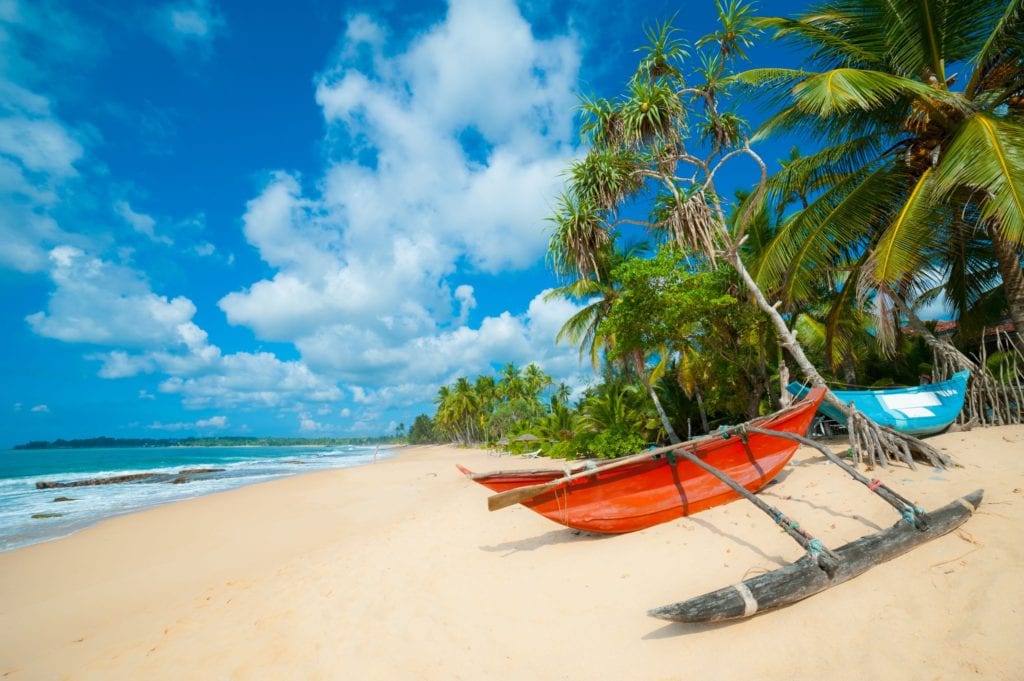
Best time to visit Sri Lanka as a family
Thanks to its close proximity to the equator and constantly warm temperatures, Sri Lanka is a great year-round destination. But climatic variations around the country, with two monsoon seasons affecting different regions, mean you need to carefully choose where in the country to travel and when.
From April to September, the southwest of the island is affected by monsoon weather with short bursts of intermittent rain throughout the day while the northeast is similarly affected from December to March. The best time to visit the west and south coasts and hill country is from December to March, while the east coast is as its best from April to September.
During July a series of important festivals are held across the country and while it is an exciting time to visit, accommodation needs to be booked well in advance and room rates skyrocket.
Things to do in Sri Lanka with…
Sri Lanka’s west coast is its most developed and westernised region, and probably the best for families travelling with younger children.
In Columbo, Sri Lanka’s largest city and commercial capital, littlies will love exploring Galle Face Green, a huge green space on the waterfront south of Colombo Fort. Filled with local families flying kites and kicking balls about, the park is a great spot to burn off pent up pre-schooler energy. Viharamahadevi Park, Colombo’s largest, also offers great expanses of space, walkways, shady trees, a mini zoo and a great kids play area. It also provides access to a small aquarium and The National Museum. Close by is the Colombo National Museum of Natural History.
Outside of the city, the west coast also boasts a necklace of beautiful golden sand and white powder beaches lined with swaying palms. There are also plenty of kid-friendly resorts where you can kick back, paddle of build a sandcastle or two.
A commendable devotion to conserving the environment is ingrained in the Sri Lankan people, one of the country’s early leaders establishing the world’s first wildlife sanctuary as long ago as 3BC. Today, vast swathes of Sri Lanka’s landscape are conservation areas, national parks, sanctuaries and reserves.
An organised safari is like a real life Jungle Book adventure with opportunities to see some of Sri Lanka’s most incredible wildlife including elephants, leopards, sloth bears, porcupines, giant squirrels, macaques and the bizarrely named purple-faced leaf monkey. Elephants are the main attraction and Minnerya National Park is the place to ethically watch hundreds of the gentle giants happily hanging together in packs in the wild. If you prefer your enormous animals to be water bound, Blue whales can also be sighted off the coast of Weligama from the end of December right up to the first half of April.
With its 3000-year history, Sri Lanka is home to some of the world’s most incredible ancient cities. The enchanting Kingdom of Anuradhapura, is its most famed and exquisite. The former kingdom was born from the arrival of a cutting from the Bodhi Tree, the Buddha’s fig tree, in the 3rd century BC. Hidden by layers of dense jungle for many years, the incredible complex has been recently uncovered. It is one of the country’s most awe-inspiring sights and the kind of place sure to fire up adventurous young imaginations. Your little wannabe Indiana Jones’ and Lara Crofts will love exploring the huge bell-shaped stupas, temples supported by stone elephants, fascinating sculptures of mythical creatures, soaring towers and ancient drinking-water reservoirs. They’ll also be enchanted (but need to be careful) watching the mischievous moneys that scamper amongst the ruins.
It may be small in size but Sri Lanka certainly packs a punch for adventurous teenagers. With its glorious coastline, it’s no surprise that Sri Lanka is a paradise for surfers, with beginner, intermediate and expert breaks located around the country. Sri Lanka’s wild rivers lend themselves to white water rafting, kayaking and canoeing. For those who would rather be under than on the water, there’s world-class scuba diving with lush marine life packed reefs and incredible wreck dives. With a multitude of roads winding across mountains and through lush green forests and paddy fields, there are many opportunities for keen hikers, trekkers and mountain bikers. And at Sigiriya, an ancient rock fortress located in the northern Matale District, keen climbers can scale their way up its zigzagging staircases to a steep ladder suspended from its near-vertical walls. On its summit awaits the ruins of a mysterious ancient civilisation.
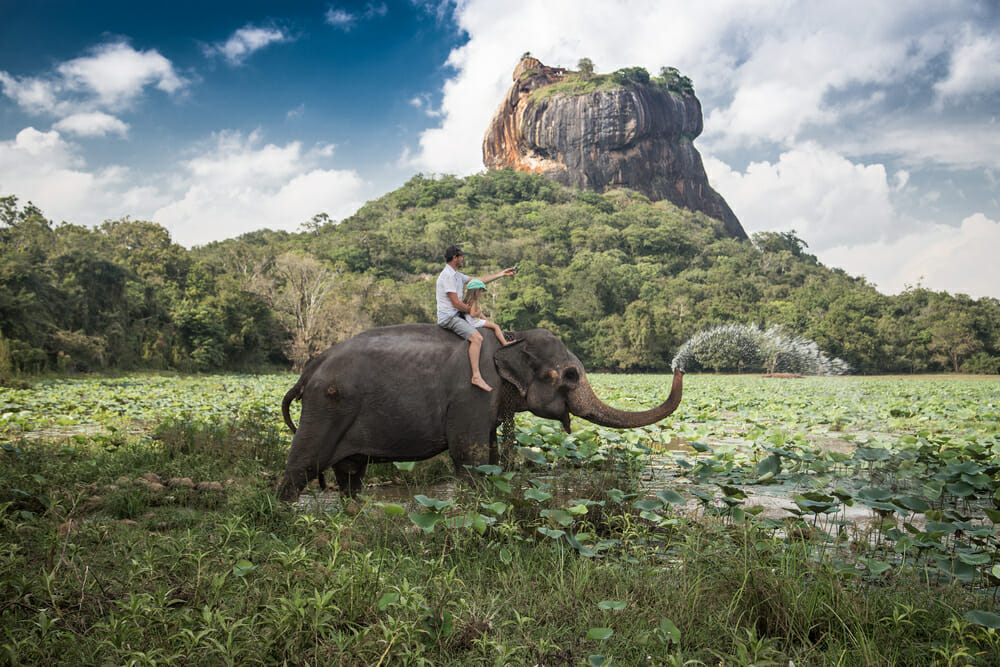
Getting around Sri Lanka
Sri Lanka may be small in size but travelling around the country can be slow and time consuming. Cities are busy and congested making the ubiquitous and cheap three-wheel trishaws your best mode of transport around town. Just remember to use your best bargaining skills and agree on the fare before you get in. Buses and trains are cheap but crowded and tend to be very slow, the 100 kilometre trip from Colombo to Kandy taking around three hours. Public transport is especially crowded around poya (full moon) holidays so it’s best to avoid non-essential travel during these times.
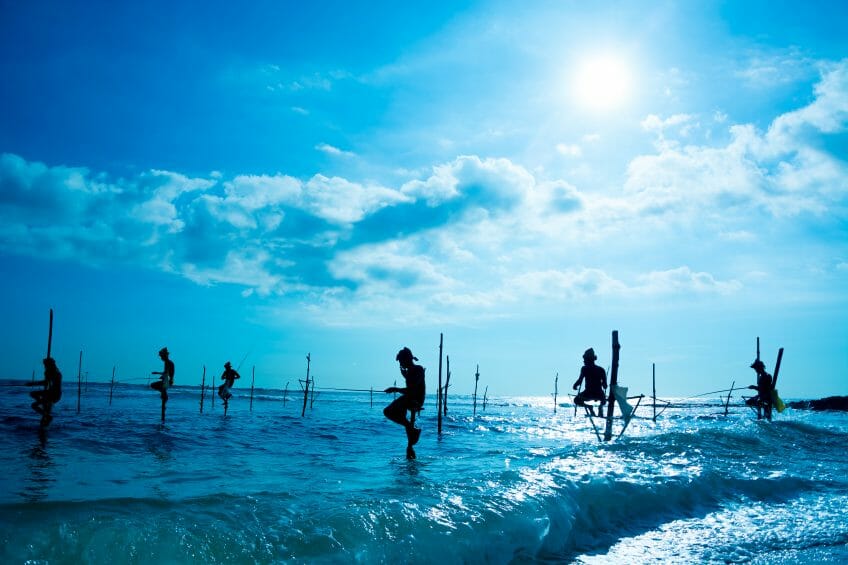
Health
Mosquito borne illnesses including Dengue fever and Japanese Encephalitis and Chikungunya Fever are a risk, as is Malaria in regional areas. Keep yourself and your kids safe by applying a child-safe insect repellent (with no more than a 20% concentration of DEET) at regular intervals. Rabies is also a risk so be careful with children around animals.
Food and water borne diseases are prevalent with more serious outbreaks occurring from time to time, so caution is required when eating. Tap water is not safe to drink, use only bottled or filtered water.
There are no essential vaccinations for travellers to Sri Lanka, however we advise every member of the family is up-to-date with routine vaccinations before travel.
Medical care is variable in Sri Lanka but the capital, Colombo, has good clinics aimed at expats, which offer a superior standard of care. Just ensure you have an adequate level of travel insurance for your family to cover costs in the event of an emergency.
Souvenirs
- You’ll find fearsome and colourful masks across the country, which are a popular souvenir for kids, as well as an interesting conversation starter.
- You’re bound to see one of Sri Lanka’s gorgeous elephants and one of the many colourful or cuddly elephant souvenirs will prove an excellent memento for kids.
- Hand crafted wooden toys, skittles and spinning tops are great souvenirs for kids. Just ensure the timber is treated, as they may otherwise not be allowed back in your country.
- The art of batik was introduced from Indonesia by the Dutch and pretty batik clothes and pictures make an excellent memento.
- Tea is the country’s most famous export and makes an excellent gift for family members.
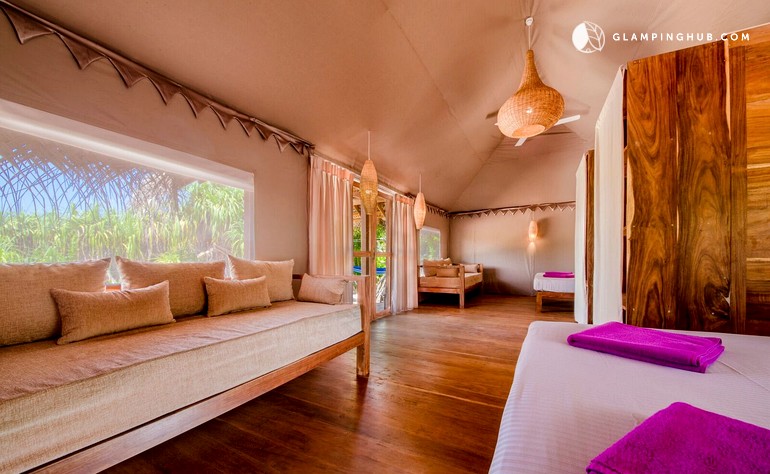
Food
Sri Lanka, the spice island once known as Ceylon, is a rich melting pot of cuisines influenced by Portuguese, Dutch and British colonists as well as Indian, Arab and Malay traders.
Staples of Sri Lankan cuisine are coconut, boiled or steamed rice, curries of fish, chicken, beef and mutton, fresh and pickled fruits or vegetables. Sri Lankans love their spices, but there are plenty of simple grilled fish and chicken dishes for less adventurous palates. Many of the larger hotels produce western cuisine if your kids are especially picky.
Other popular dishes for kids are hoppers (a crispy fried pancake), string hoppers (steamed noodle pancakes) and flaky roti bread. Fruit is also abundant with mango, pineapple and papaya popular choices for kids. More adventurous diners will enjoy tasting their way through the country’s many fiery curries, as well as lamprais (a combination of meat, rice and sambal chilli), pickles and the fried salted fish.
Local Customs
Buddhism is the main faith in Sri Lanka, although a percentage of the population also follows Hinduism, Islam and Christianity. Regardless of your own beliefs, it is important to be respectful. Remove shoes and dress modestly, covering up knees and shoulders, before entering temples. Be quiet and respectful inside temples. Don’t touch, climb on, turn your back on, or point the soles of your feet towards, the Buddha, as this is considered highly offensive. And never touch or pat the top of the head of a monk.
When it comes to mealtimes, remember always use your right hand. Sri Lankans eat with the fingertips of their right hands (though most places will offer you cutlery if you desire). They also use their right hand when shaking hands, handling money and passing small objects, a custom that is based on hygiene as the left hand is generally used in the bathroom. It’s one worth remembering!
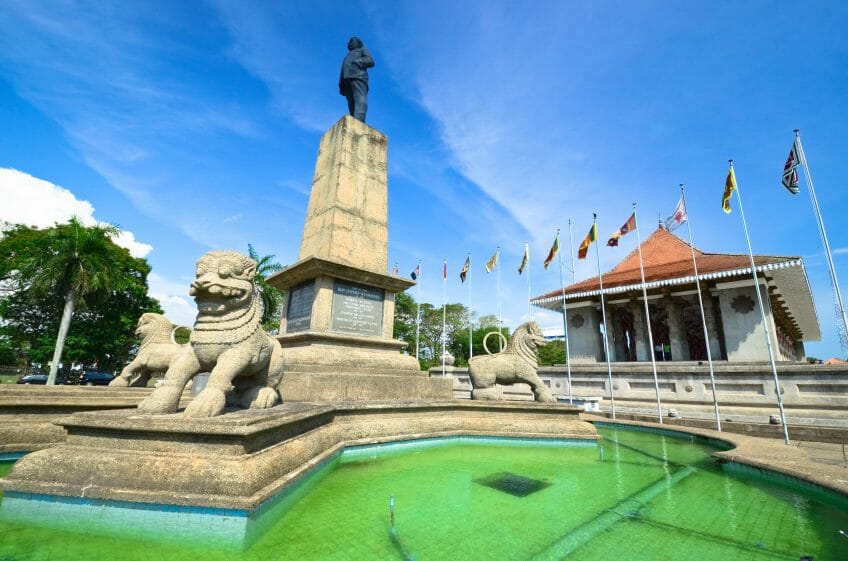
Costs
Sri Lanka is a relatively good value destination for families. Accommodation is very affordable even at the luxury end of the market, but prices do increase during the high season between December and March. Many visitors rent a car with a driver to get around, as they are reasonably well priced and comfortable. But, if you are on a budget, the bus service is the cheapest way to get around. Food is inexpensive, especially if you stick to eating rice and curries and short eats (finger foods) with the locals, as restaurants located in resorts and hotels tend to be more expensive. Tipping is expected as is haggling over the price of hotels and shopping.
The one exception is the cost of entry into attractions, especially National Parks and government run archaeological parks, which can be high as tourist prices are applied, and these can be as much as 100 times more than the local price.
Popular stories
-

Costa Rica with kids: insider tips from a travel agent
For nature-loving families, Costa Rica is one of the most magical destinations to travel with kids. Here is a rundown of what to expect.
-

Abu Dhabi with kids: insider tips for family fun from Etihad cabin crew
These insider tips on family fun in Abu Dhabi from some of Etihad’s international cabin crew will help you plan a visit with kids
-

Family hacks for exploring Los Angeles on a budget
Pick up the inside scoop on family-friendly hotels, yummy eats and the best activities for kids in La La Land. Use these L.A. hacks as your ultimate guide!
-

The ultimate guide of things to do in Brisbane with kids
Our ultimate guide to Brisbane for families covers what to do, where to eat and where to sleep with kids of all ages.
-

Experience the Singapore Grand Prix with kids
Lifelong memories are guaranteed at this year’s Formula 1 Singapore Grand Prix. Stewart Bell explains why it’s a must-go for Aussie families
-

6 amazing, family-friendly experiences in New Zealand’s Central North Island
Here are 6 amazing, family-friendly experiences in New Zealand’s Central North Island (and yes, the list includes Hobbiton)
Janeece Keller is the founder and editor of Family Travel. She mostly travels with her husband and two young kids. She has a large blended family that lives in Australia and Europe. She has visited 52 countries and lived on 3 continents. From camping to luxury resorts Janeece tries to make sure her family has diverse holiday experiences each year. She is an avid hiker and ocean swimmer who loves good food, margaritas and heading off the beaten path.

